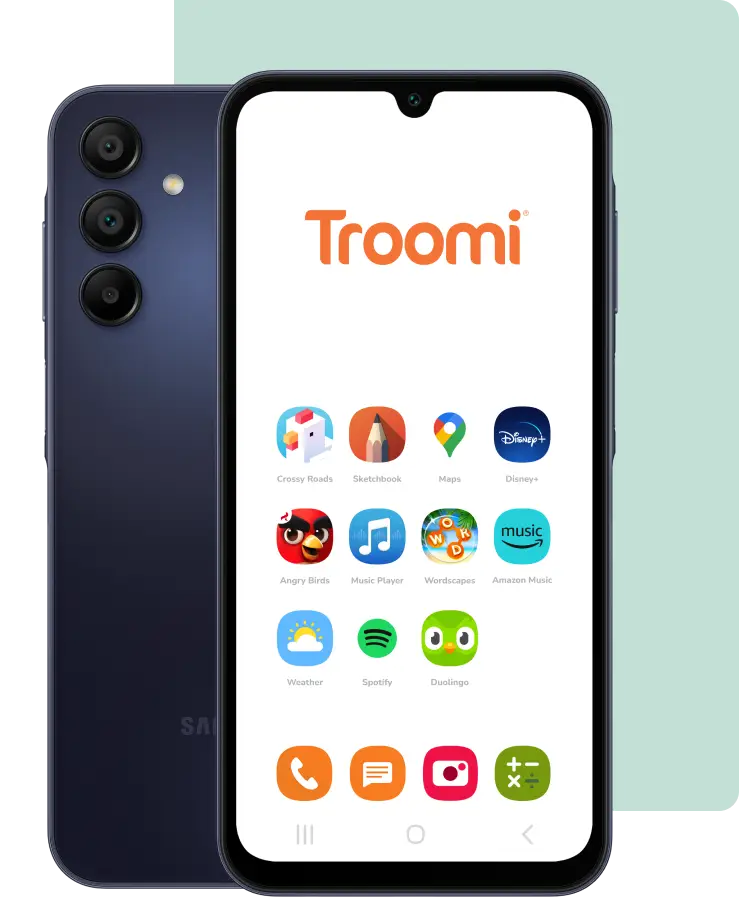Caffeine: it makes the world go round. For some adults, a morning cup of coffee is a necessity. It wakes us up, gives us energy, and helps us find the ability to focus on everything we have to get done that day—whether that’s teaching a pet to stop chewing through electrical cords or doing a fun puzzle with your kids.
Coffee isn’t for everyone, though; many people prefer energy drinks. Soda-like beverages like Monster, Red Bull, and Rockstar have gained popularity in previous years, especially among teens and young adults. Energy drinks are the second most common dietary supplement in the United States, and about 30% of young people drink them on a regular basis, as this study shows.
Energy drinks are the new “cool” beverage. Their packaging is fun and cans are covered in bright colors. There are a ton of flavors as well. As a result, kids may be interested in trying them. With energy drinks on the rise, you might be wondering, “Are energy drinks suitable for children? Are energy drinks banned for kids? How many energy drinks is safe for a child?”
I’m here to tell you that no, energy drinks are not suitable for kids.
The copious amounts of caffeine and sugar found in energy drinks may help adults get energy and focus, but energy drinks’ effect on children is far stronger. Unless you want your child running from room to room like an Olympic sprinter, we recommend avoiding energy drinks altogether.
There are many reasons why children should avoid energy drinks, so what are 3 dangers of energy drinks?
Energy drinks contain a massive amount of caffeine
Beverages like Rockstar and Monster get their energy-boosting effects from caffeine. Caffeine is a natural stimulant that pushes your brain and central nervous system into overdrive, which in turn helps you stay alert and awake. When adults drink caffeine, we usually get increased energy, improved focus, and a greater ability to complete tasks.
Kids don’t get the same benefits from caffeine that adults do. In fact, caffeine is not safe for children. If you’re wondering how old do you have to be to drink Monster, the American Academy of Child and Adolescent Psychiatry recommends that children under 12 avoid caffeine entirely, and that those between 12-18 years old limit themselves to 100mg a day at most. That’s about two cans of Diet Coke.
They also recommend against “any use of energy drinks for all children and teens.” Think about it: one can of Monster has 160mg of caffeine in it. Not only is that more than the recommended daily amount for teens, that’s the equivalent of four shots of espresso!
Because kids have smaller bodies than adults, caffeine has a much stronger effect. As such, children may experience a range of effects after drinking caffeine, including:
- Insomnia
- Jumpiness
- Nausea
- Lack of appetite
- Headache
- Tremors and dizziness
These side effects may last for quite a while. The best way to avoid them is to avoid caffeine altogether.
Energy drinks have so much sugar!
Caffeine isn’t the only chemical compound found in energy drinks; they contain a whole mountain of sugar. On average, a 16oz can of Monster has about 54 to 62 grams of sugar. To illustrate how much this is, the American Heart Association recommends that adults partake of only 24 to 36 grams of sugar a day. One energy drink contains twice that amount!
Just as caffeine has overwhelming effects on kids, so does added sugar. Studies like Michael Goran’s Sugarproof have found links between kids with high-sugar diets and sleep problems, low emotional health, and a more difficult time learning. Excess sugar can also lead to cavities, weight gain, and a higher risk of developing diabetes later in life, which may help explain why healthier lifestyle in the future.
Caffeine and sugar work together to produce stress
Large amounts of caffeine and sugar are pretty dastardly on their own. So it only makes sense that when they work together, their effects on kids are dastardly. In fact, studies show that the combination of caffeine and sugar found in energy drinks puts the body in a state of elevated stress. Any increased focus dissolves into anxiety, stress, and a body that just won’t sit still.
We at Troomi are anti-stress—especially when that stress stems from social media. To encourage kids to get outside and help them avoid the anxiety-inducing effects of Instagram and TikTok, Troomi phones have eliminated social media entirely. Instead, our KidSmart™ apps help your kids and teens connect with the world around them through encouraging education and fostering creativity. Click here to check it out!
What should kids drink instead?
If you’re wondering what you should give your kids to drink when they need a boost of energy, the answer is surprisingly simple: water.
Water is vital to maintaining a healthy body. It regulates a lot of systems in our body, including our digestive and nervous systems. Water also helps kids develop a stronger brain and keeps them hydrated. Drinking energy drinks, on the other hand, is a one way street to dehydration.
If you have a picky eater, try introducing your kids to naturally flavored water. Add some strawberries and a lemon to a pitcher, and give that water a little zest. If they’re still not having it, give your kids a cool glass of milk or a cup of all-natural fruit juice. Milk is a great source of calcium, and fruit juice has a plethora of important vitamins. Just make sure there isn’t too much added sugar!


